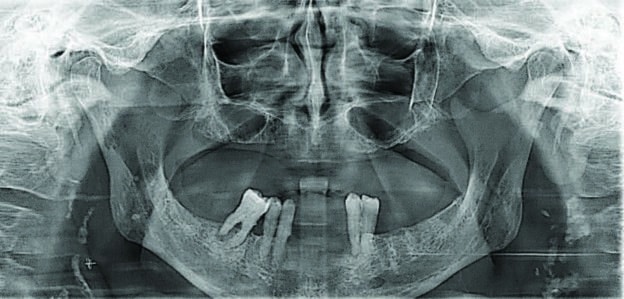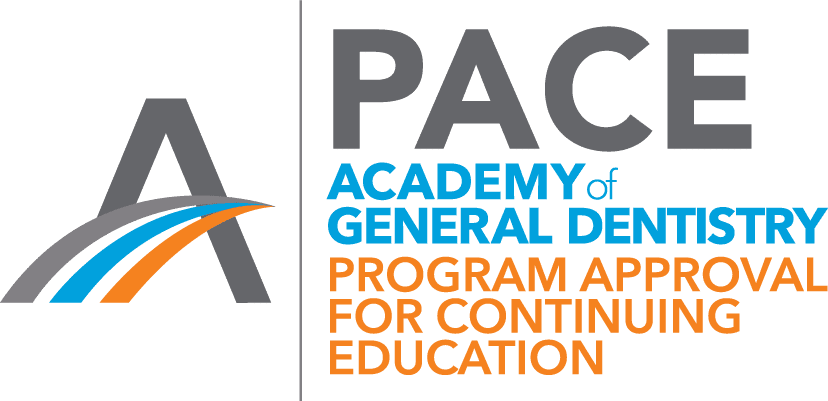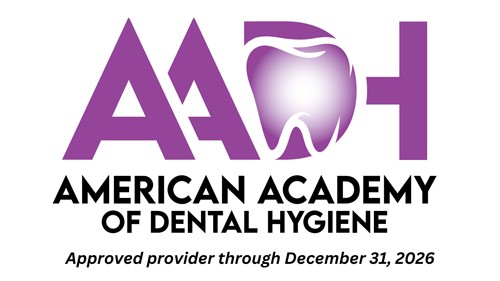This course is now closed. We apologize for any inconvenience.
A peer-reviewed article written by Stacey McKinney, RDH, MSEd, and Kelli D. Whittington, PhD, RN, CNE
Abstract
To provide the patient with the best possible outcomes, it is crucial that the dental hygienist be able to detect carotid stenosis via a panoramic radiograph. Understanding the pathology behind carotid stenosis, as well as identifying risk factors, assists the dental hygienist with this detection. To optimize care, the dental hygienist must also be able to instruct the patient on the importance of follow-up care with their primary care provider in a timely manner. It is also important that the dental hygienist is able to provide referral information to the patient who does not have a primary health-care provider.
Educational objectives
Upon completion of this course, the dental hygienist should be able to:
- Locate physical landmarks associated with carotid stenosis
- Identify pathology associated with carotid stenosis
- List risk factors associated with carotid stenosis
- Discuss the role of the hygienist in detecting blockage visible on a panoramic radiograph
- Instruct the patient on the importance of timely follow-up care with their primary health-care provider
- Facilitate a referral if the patient does not have a primary health-care provider established

Stacey McKinney, RDH, MSEd, is an assistant professor and senior clinic coordinator in the dental hygiene program at Southern Illinois University Carbondale. Her teaching responsibilities focus on preventive oral care, teaching methodologies, and advanced periodontics. She has more than 10 years of clinical dental hygiene experience in community-based and general practice.

Kelli D. Whittington, PhD, RN, CNE, is an assistant professor and program director for the nursing programs at Southern Illinois University. She instills within her nursing students the value of patients holistically. Her nearly three decades of functioning as a nurse within the health-care arena and academic setting allow her to bring real-world experiences, such as those depicted in the case study presented in this course, to the classroom.
Quick Access Code: 20004
Course Content






